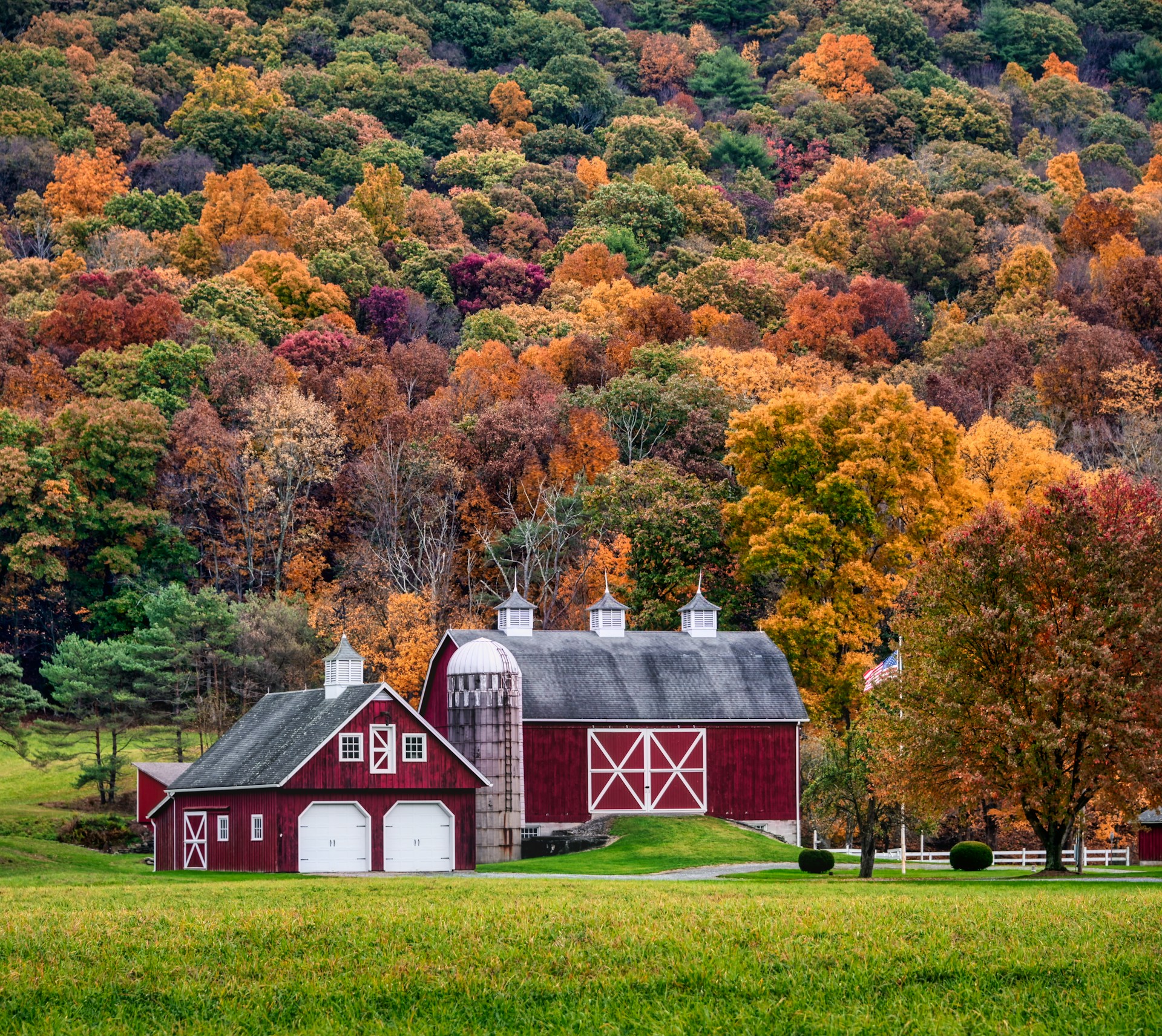Off-grid living, once considered niche, is rapidly moving into the mainstream of the U.S. housing market. Applications for rural mortgages have surged by 80 per cent since the pandemic, as families, professionals, and remote workers trade city convenience for self-sufficiency and space. The appeal lies in more affordable property, a chance to live sustainably, and the desire for independence at a time when urban housing costs remain out of reach.
Rural property values reflect the demand shift. Prices in non-metro areas have risen 64 per cent since 2019, compared with 42 per cent in cities, yet rural homes remain roughly 14 per cent cheaper on average. Buyers are increasingly investing in solar panels, gardens, and water-saving systems, transforming properties into modern homesteads while keeping long-term living costs lower than urban equivalents.
Still, experts caution that the lifestyle requires careful adjustment. Living fully off-grid demands significant planning, technical know-how, and resilience, particularly in remote areas. Many advisers recommend a gradual approach – purchasing rural homes with grid access and transitioning slowly toward independence before making a full break. Stories of families leaving dense cities like Chicago for Montana ranches illustrate both the challenge and the allure of this lifestyle pivot.
For real estate lenders and developers, the trend highlights an important opportunity. Tailoring mortgage products and infrastructure support to meet the needs of off-grid buyers could secure long-term growth in a segment where affordability, lifestyle choice, and sustainability converge. As more households embrace this shift, off-grid living is set to become not just a counterculture choice but a defining feature of the evolving American housing market.


